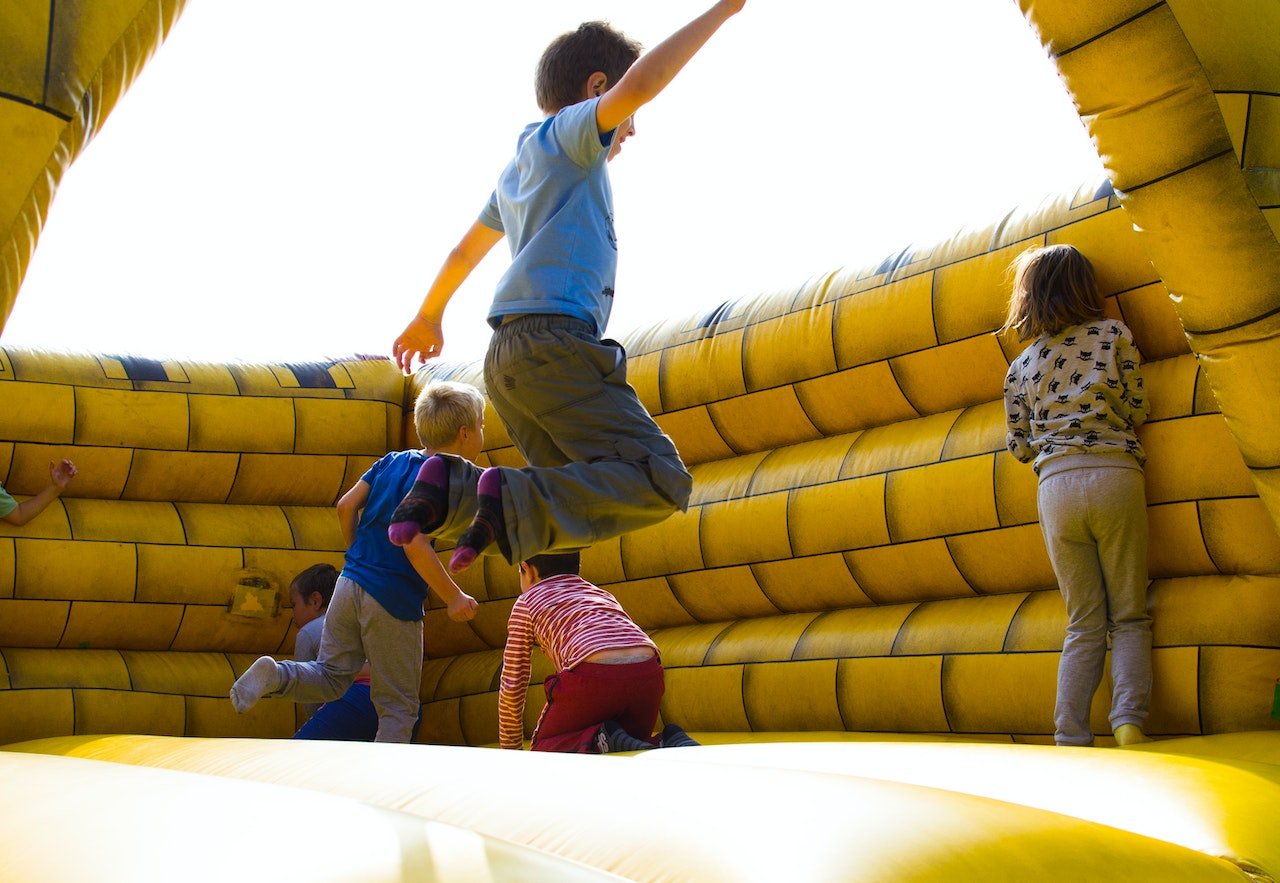As parents, it can be difficult to differentiate between normal high-energy behavior and attention-deficit/hyperactivity disorder (ADHD) in children. While some children may simply be naturally energetic, others may have ADHD, a common neurodevelopmental disorder that affects millions of children worldwide.
It is important to understand the difference between high energy and ADHD in order to provide your child with the appropriate support and treatment. In this article, we will explore the key differences between high energy and ADHD and provide tips for parents on how to identify and manage these behaviors.
What is High Energy in Children?
High energy is a common behavior in children, particularly in younger kids who have not yet developed the ability to regulate their emotions and impulses. High-energy children may be active, playful, and easily excited. They may have short attention spans and enjoy physical activities, such as running, jumping, and climbing.
While high energy can be a normal part of childhood development, it can also be challenging for parents, particularly if their child’s energy levels are interfering with daily routines or causing disruptive behavior.
Some signs that your child may have high energy include:
• Difficulty sitting still or staying focused for long periods of time
• Frequent fidgeting or squirming
• High levels of activity or restlessness
• Impulsivity or acting before thinking things through
• Difficulty following rules or instructions
• Interrupting others or speaking out of turn
It is important to note that these behaviors alone do not necessarily indicate that a child has ADHD. Many children go through phases of high energy and disruptive behavior that are a normal part of development.
What is ADHD in Children?
ADHD is a neurodevelopmental disorder that affects approximately 6-9% of children worldwide. It is characterized by a persistent pattern of inattention, hyperactivity, and impulsivity that interferes with daily functioning.
Children with ADHD may struggle to pay attention in class or complete tasks at home, may be easily distracted, and may have difficulty following instructions. They may also be hyperactive, constantly moving or fidgeting, and may struggle to sit still for long periods of time.
Some signs that your child may have ADHD include:
• Difficulty paying attention or staying focused
• Poor organization or time management skills
• Forgetfulness or losing track of things
• Difficulty completing tasks or following through on instructions
• Constant fidgeting or restlessness
• Interrupting others or speaking out of turn
• Impulsive behavior or acting without thinking
It is important to note that a diagnosis of ADHD should only be made by a qualified healthcare professional after a thorough evaluation of the child’s symptoms and behaviors. Displaying the above symptoms does not automatically equate to a diagnosis of ADHD. A child might have difficulty paying attention or focusing due to a lack of sleep. They might interrupt others because they get excited when they think of something they wish to share.
Tips for Managing High Energy and ADHD in Children
Whether your child is high-energy or has ADHD, there are several strategies that parents can use to help manage their child’s behavior and improve their quality of life. Some tips include:
• Establishing a consistent routine: Children thrive on structure and routine, so establishing a regular schedule for meals, bedtime, and other activities can help reduce stress and promote better behavior.
• Providing opportunities for physical activity: Children who are high-energy or have ADHD may benefit from regular physical activity, such as running, biking, or playing sports. Exercise can help reduce hyperactivity and promote better focus.
• Minimizing distractions: Children with ADHD may have difficulty focusing when there are too many distractions around them. Try to minimize distractions in the home, such as turning off the TV or limiting access to electronic devices during homework time.
• Providing positive reinforcement: Praise and positive reinforcement can go a long way in encouraging good behavior in children. Offer praise and rewards for completing tasks, following rules, and other positive behaviors.
• Seeking professional help: If you are concerned about your child’s behavior, it is important to speak with a qualified healthcare professional who
While high energy and ADHD share some similarities, it is essential to understand the key differences to determine whether a child is simply energetic or has ADHD. The following are some differences between high energy and ADHD:
- Duration and Intensity of Energy: High energy is often characterized by short bursts of energy that are intense, but relatively short-lived. Children with ADHD, on the other hand, may have energy that is sustained for longer periods, leading to hyperactivity.
- Impulsivity: Children with ADHD often act impulsively without considering the consequences of their actions. In contrast, children who are simply high energy may be more impulsive in terms of speaking out of turn or interrupting others, but they are generally able to control their behavior.
- Attention Span: Children with ADHD typically have difficulty maintaining focus and attention, whereas high-energy children can generally focus on a task for a short period before moving on to something else.
- Developmental Milestones: Children with ADHD may have delays in reaching developmental milestones such as walking, talking, or potty training. High-energy children may reach these milestones on time or even early.
It is important to note that only a qualified healthcare professional can diagnose ADHD. If a parent suspects their child has ADHD, they should seek out a professional evaluation.
If a child is diagnosed with ADHD, there are various treatment options available, including medication, behavioral therapy, and lifestyle changes. However, it is also essential to note that some children may have high energy levels that are not indicative of ADHD. In such cases, parents can work on channeling their child’s energy in positive ways such as physical activity, sports, and creative outlets.
In conclusion, while high energy and ADHD share some similarities, there are key differences between the two. It is important for parents to understand these differences and seek out professional evaluation if they suspect their child has ADHD. With proper diagnosis and treatment, children with ADHD can learn to manage their symptoms and lead happy, healthy lives.



